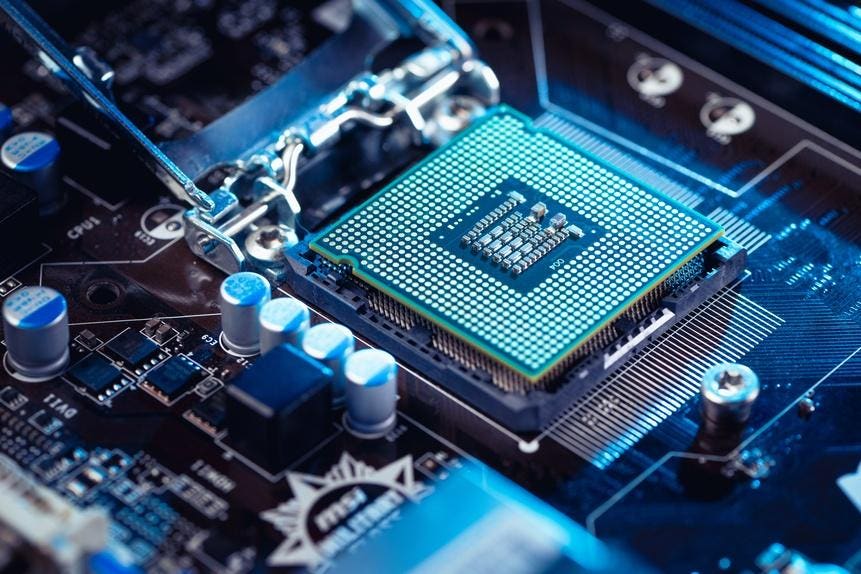
A Global Imperative: Confronting the Global Semiconductor Talent Shortage
The global semiconductor industry is facing a pressing issue: a talent shortage of unprecedented proportions. It’s estimated that by 2030, we’ll need to hire approximately 1 million additional skilled workers while also retaining our current workforce. The situation is dire, with 44% of companies citing talent development as one of their top three transformation-critical capability areas.
To navigate this challenge, companies must adopt proactive talent-centered strategies. This includes embracing agile workforce planning, enhancing talent pipeline and recruitment efforts, and investing in the development of both internal and external workforce pools. Moreover, organizations should leverage GenAI to inform and fuel their talent strategies, particularly using AI to attract top talent and enhance the worker experience.
The question is: how did we get here? Several interconnected factors have converged to create this crisis. Firstly, the surge in demand for semiconductors worldwide, driven by geopolitical shifts and supply chain disruptions, has led to a competitive environment for skilled workers. This pressure is resulting in organizations offering increasingly attractive benefits, including robust compensation and relocation packages, to attract and retain top talent.
Secondly, the rapid adoption of GenAI technologies demands specialized skills in chip design, advanced manufacturing, and system integration. These skills are crucial for the development and adoption of GenAI technologies but are also highly sought after in other industries, further amplifying talent pressures.
Lastly, the industry is losing invaluable knowledge and expertise as experienced professionals approach retirement, while simultaneously struggling to captivate younger workers who perceive the semiconductor industry as less dynamic than other technology segments.
To bridge this talent gap, we must harness the power of GenAI. It has the potential to revolutionize work processes, enhance efficiency and accuracy, improve quality, accelerate product development, and foster innovation. Moreover, GenAI can shift how leading semiconductor organizations approach their workforce challenges by reimagining the end-to-end talent journey through an AI lens.
This means making clear decisions on where and how AI can strategically enhance workers’ day-to-day lives. Can AI be used to optimize hiring decisions? Can AI be utilized as a training tool in the flow of work? Can workers utilize AI to own their career journey?
It’s not just about investing in AI; it must become part of an organization’s identity. This could mean embedding AI throughout, from recruiting processes to training to performance management. Furthermore, AI-enablement should not only be for high-skilled workers but universally integrated and promoted.
The semiconductor industry is at a crossroads, and addressing this talent shortage is critical. The strategic use of AI can serve as an accelerator to fuel growth by building on the momentum of other workforce strategies.
It’s time for leaders to position GenAI as a catalyst for change, rather than simply recognizing its potential. To drive adoption, leaders must visibly utilize GenAI tools and technologies throughout their organization. This means projecting confidence and AI-savviness both internally and externally.
The industry is at a pivotal moment, and it’s imperative that we confront this talent shortage head-on. By embracing the transformative power of AI, we can create a catalyst for growth and fuel innovation.
Source: www.forbes.com


